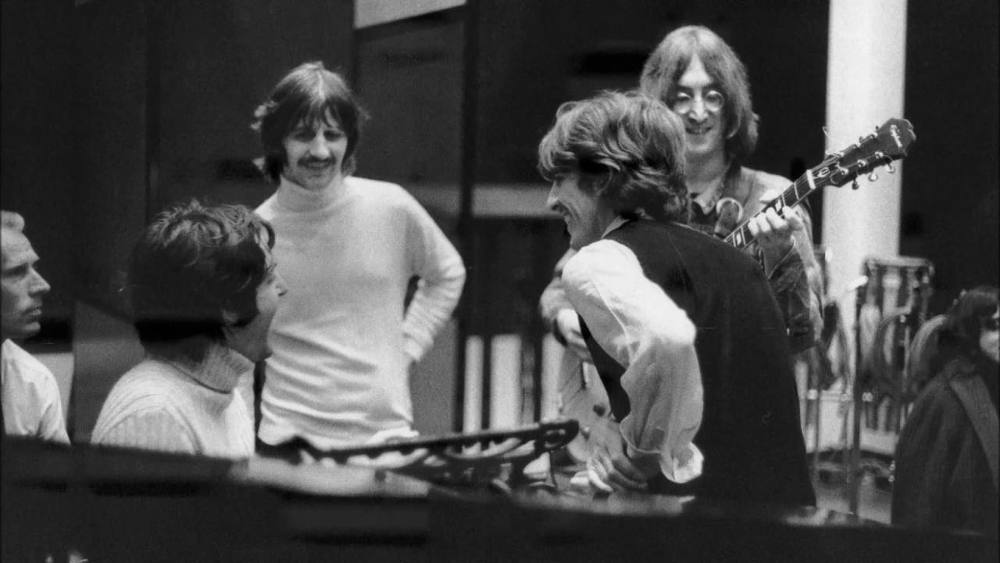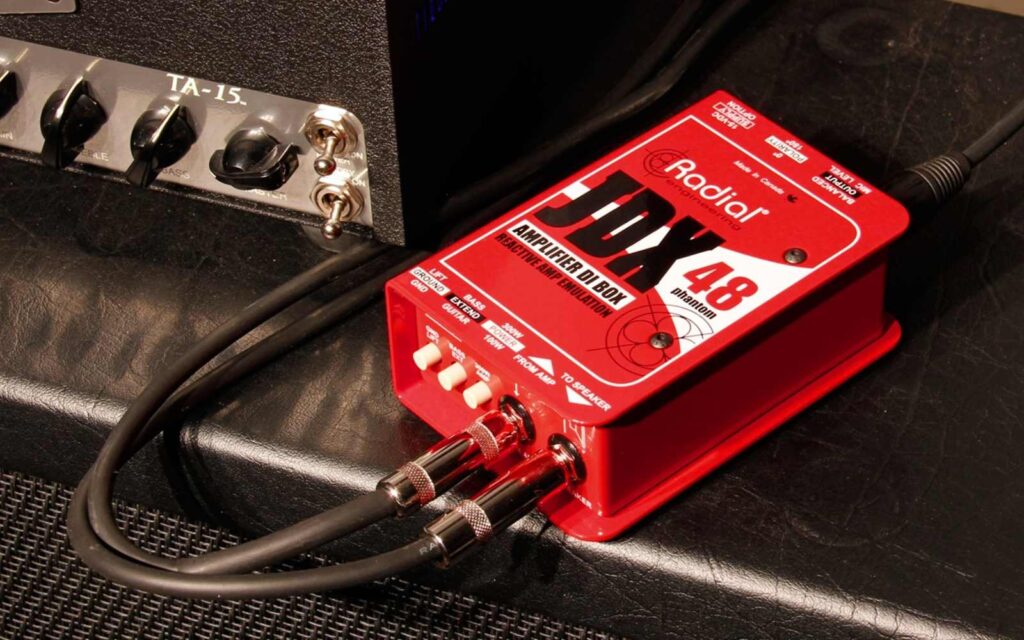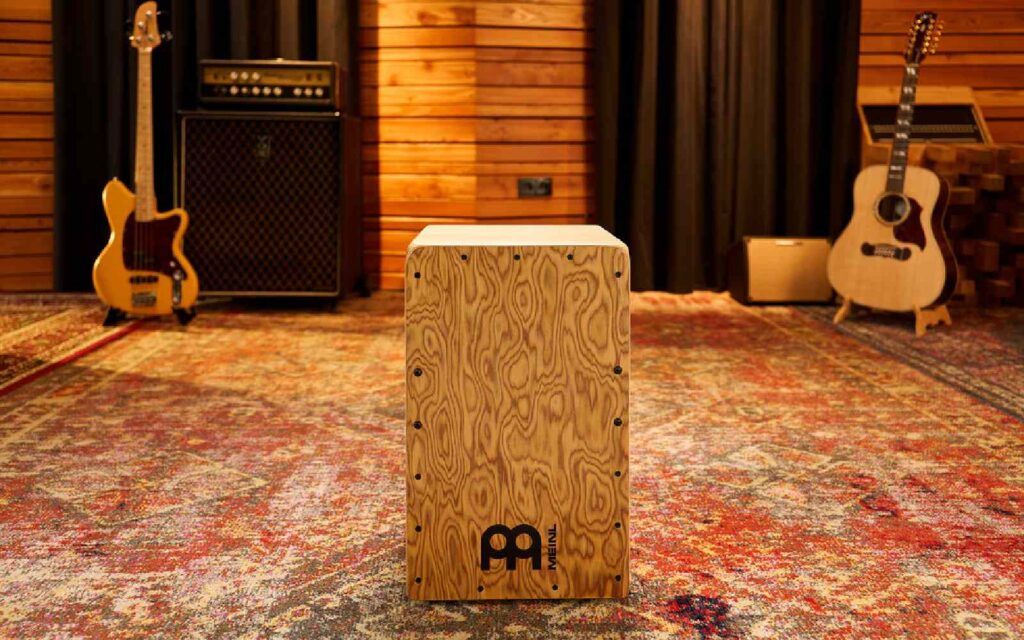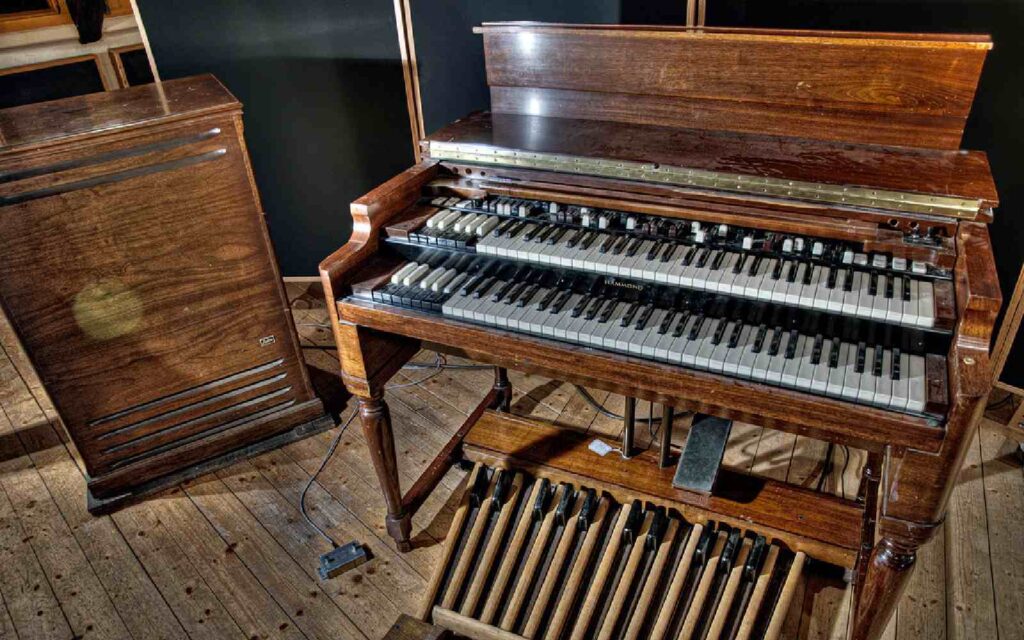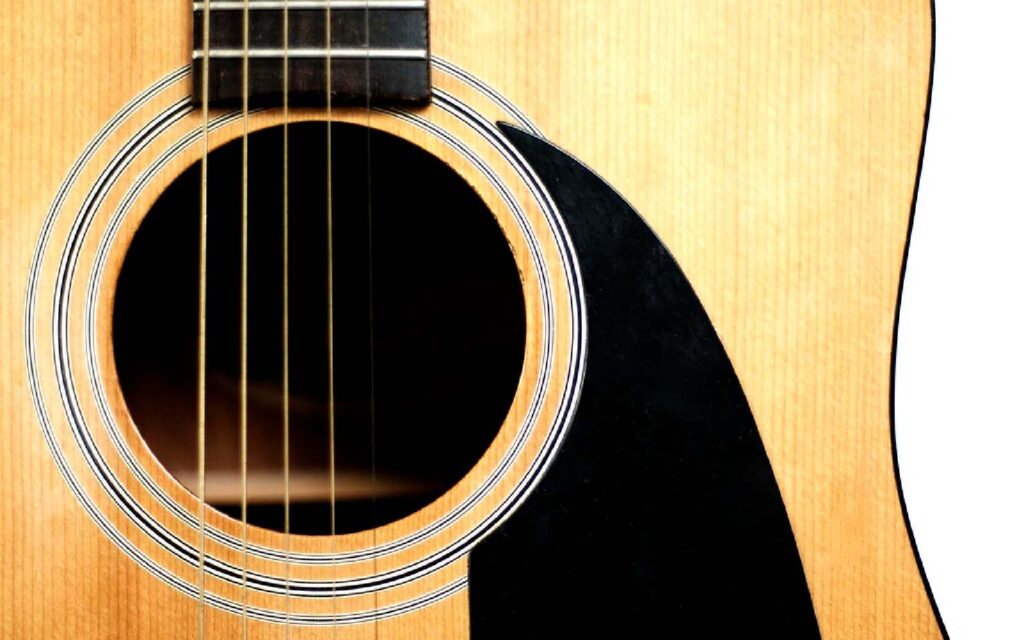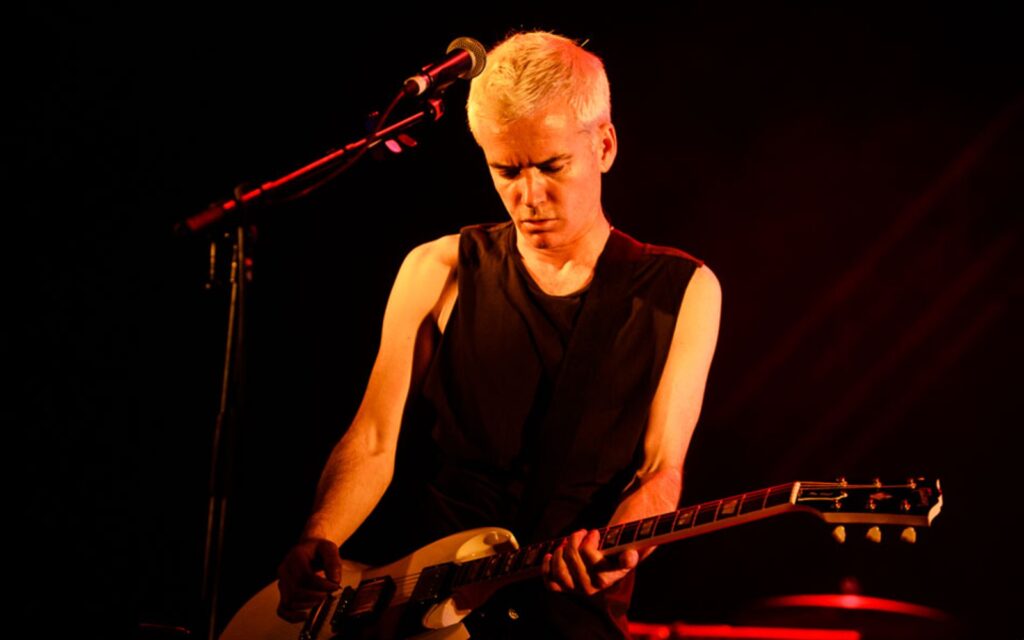On this day in 1969, The Beatles’ self titled ninth studio album, known by the band and fans alike as The White Album, was released upon the world.
One of the most intriguing entries in the band’s catalogue, The White Album saw The Beatles expand their sonic vision even further than 1967’s Sgt. Pepper’s Lonely Hearts Club Band, with each of the band members making significant contributions to the double LP to create a mish-mash of genre defying numbers. While many criticise the length of the album and contributions from Ringo Starr and Yoko Ono, The White Album proves that even when they were falling apart, The Beatles were always at their very best.
By the start of 1968, The Beatles were well and truly at the top of their game. Sgt. Pepper’s Lonely Hearts Club Band retained #1 position on the UK charts almost six months after its release, and fans reacted positively to their underrated soundtrack album for Magical Mystery Tour.
Read up on all the latest interviews, features and columns here.
However, the band was facing various challenges of its own – both internally and externally. Individual solo projects, substance abuse, creative differences and relationship issues fragmented the tight-knit group, the relationship between Lennon and Yoko Ono and their issues with heroin addiction forming a particular area of contention. To recuperate and refresh themselves following the stresses of Sgt. Pepper, the band took a trip to Rishikesh in India to complete a Transcendal Meditation course, where they extensively meditated and began the songwriting process for the upcoming record.
The Beatles were accompanied on this trip by British psych-folk musician Donovan, who proved to be extremely influential in the creation of The White Album through teaching Lennon and McCartney his acoustic fingerpicking technique, which used the thumb and fingers together to create self accompanied, simultaneous rhythm and lead figures.
While Lennon more or less emulated the technique, known as Travis Picking, on his acoustic tracks ‘Julia’ and ‘Dear Prudence,’ McCartney took Donovan’s technique and fused it with his own ‘clunky’ style of fingerpicking, previously heard in ‘Yesterday.’ The result was ‘Blackbird’, a haunting fingerpicked melody featuring McCartney’s lyrical ruminations on the Civil Rights movement in the USA.
After their trip to India, The Beatles returned to the UK in April with sketches for about 40 songs. Harrison in particular significantly developed as a songwriter during this time, as well as reigniting his affinity for the guitar after studying the sitar for two years. The band spent a month creating demo recordings for 26 songs – some of which are available through the 1996 double album release Anthology 3 – at Harrison’s home studio before entering Abbey Road Studios on May 30 to begin tracking the album. It was here that The Beatles spent the day finishing the backing track for the acoustic, slow burning version of ‘Revolution.’
However, the level of clarity experienced by the band in India was once again lost upon returning to England, and the studio sessions soon fell into chaos. While they enjoyed some of the looser, jammy aspects of recording, particularly the heavy metal / blues stomp of ‘Helter Skelter’, the amount of freedom given to the group resulted in them utilising all rooms of the studio separately instead of working in one room together.
This division began to have a huge impact on the relationships within the band, resulting in Lennon and McCartney refusing to record in the same studio together halfway through the sessions due to extreme creative differences. In addition, Starr, Harrison and McCartney were at odds with Lennon over his increasingly complicated relationship with Ono, who would accompany Lennon to the studio every day and make suggestions which the other Beatles found bizarre or unorthodox. Ono’s influence is especially prominent in the cacophonic experimentation with tape loops and reversed sounds on the album’s penultimate track, ‘Revolution No. 9.’
Tensions reached boiling point on August 22 when Starr temporarily quit the group after McCartney’s harsh criticism of his drumming in ‘Back In The U.S.S.R.’ McCartney managed to track the drums for the song in addition to ‘Dear Prudence’ in Starr’s absence before the band reconciled with their drummer when he returned to the studio on September 5 to film a promotional video for ‘Hey Jude’. Harrison decorated Starr’s drumkit with flowers in an attempt to win him back over.
The White Album also found an unlikely guest in the form of Eric Clapton, who played the blistering guitar solo on the Harrison penned tune ‘While My Guitar Gently Weeps.’ While Clapton was apprehensive about appearing on a Beatles record, Harrison insisted that he play the solo, telling him it was more of a solo Harrison song than it was a Beatles song. Clapton later gave Harrison the Les Paul he used on the track, which Harrison named Lucy. It’s rumoured that these sessions also resulted in Clapton falling in love with Harrison’s wife Pattie Boyd, the inspiration behind the song ‘Layla’ and later Clapton’s wife.
Despite the personal issues present at the time of recording, The White Album reflects only the best of The Beatles. It combines a mix of their most creative work, showcasing each individual member’s strengths. McCartney is epitomised by the contrast between the sweet simplicity of ‘Mother Nature’s Son’ compared to the raucous riot of ‘Helter Skelter’; Lennon’s tendency to test his vocals is exemplified in ‘Yer Blues’ and opposed by his soft pleas in ‘Dear Prudence’. Harrison’s songwriting ability gains attention with his iconic track ‘While My Guitar Gently Weeps’, while the personal musical tastes of Starr are seen most notably in his contribution to ‘Don’t Pass Me By’. In this way, the double album serves as a true example of why The Beatles are still so respected today.
While it gathered mixed reactions at the time of its release, it’s evident today that The White Album is a bona fide masterpiece. Give or take a few filler songs, it contains some of the strongest material written by the band, presented at the height of their creative genius. The cocktail of genres heard across The White Album undoubtedly inspired thousands of musicians around the world, with acclaimed double albums such as Jimi Hendrix’s Electric Ladyland and Smashing Pumpkins’ Mellon Collie and the Infinite Sadness demonstrating obvious influence from the record.
While it was one of the band’s final offerings, the strength of The White Album shows just how much The Beatles would go on to achieve in their respective solo careers, as well as spotlighting the often underrated songwriting ability of George Harrison. Despite being an overindulgent, tumultuous, and complicated mess, The White Album is a beautiful mess. Forty-nine years on, it still proves to be one of The Beatles’ best efforts.
Get to know five underrated songs from The Beatles’ White Album.
